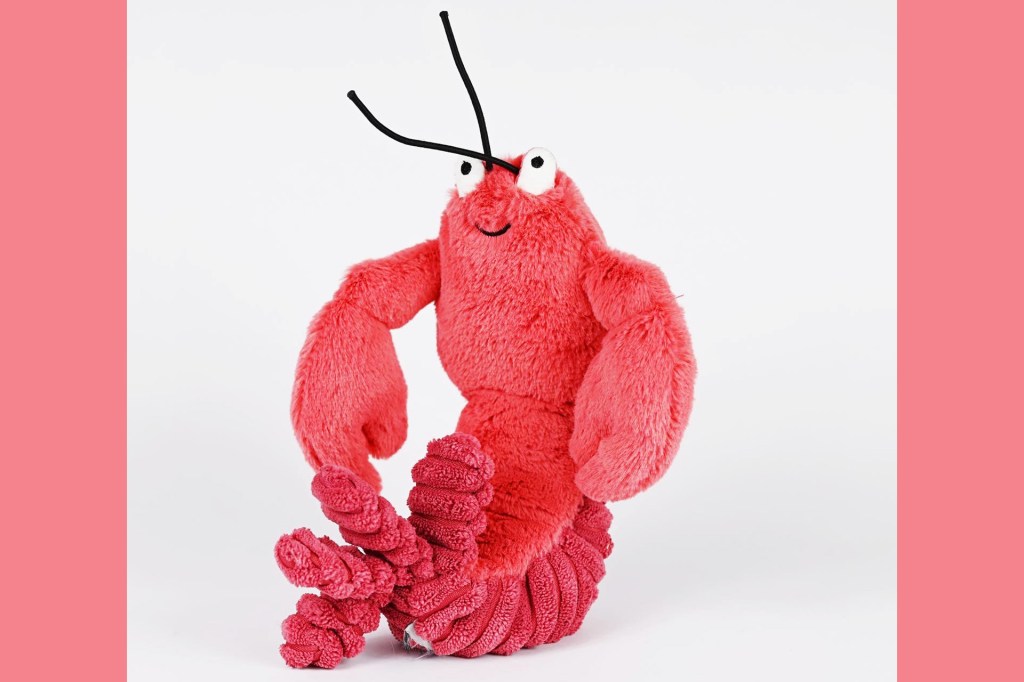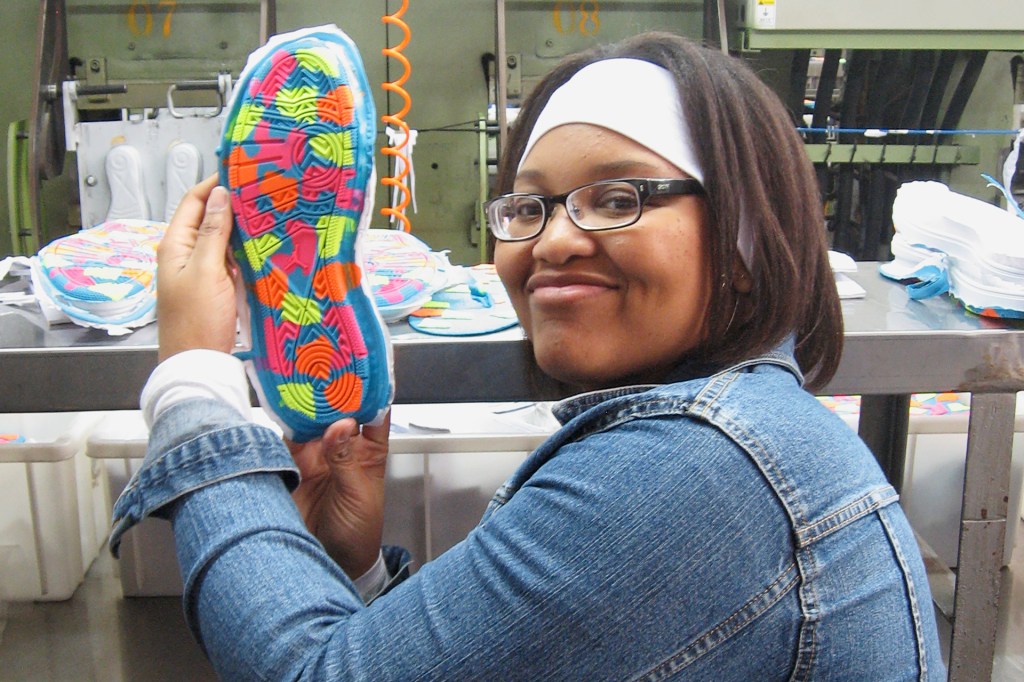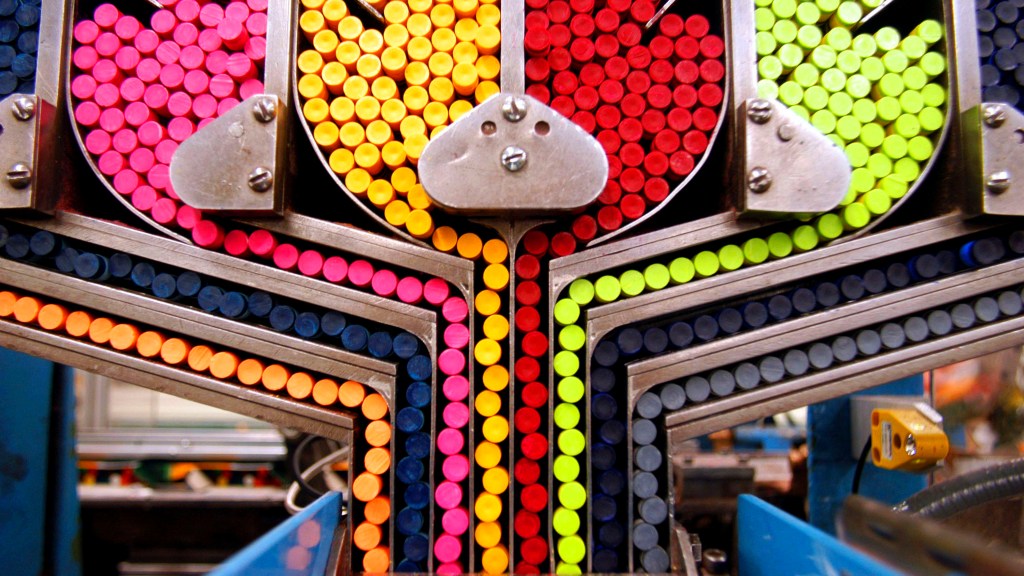
Step into the Crayola factory in Easton, Pennsylvania. Humming machines and busy people are hard at work. Each day, the company makes 13 million crayons. The crayons are used by kids around the world.
“There’s a great demand
demand
 EYEJOY—GETTY
the need for something
(noun)
Our stand was successful because of the high demand for lemonade on a summer hot day.
for crayons,” says Elizabeth Rieland. She is an engineer at Crayola. She solves problems. This includes looking for better and quicker ways to make crayons. “We use automation,” Rieland says. This means using robots and machines to help get the job done.
EYEJOY—GETTY
the need for something
(noun)
Our stand was successful because of the high demand for lemonade on a summer hot day.
for crayons,” says Elizabeth Rieland. She is an engineer at Crayola. She solves problems. This includes looking for better and quicker ways to make crayons. “We use automation,” Rieland says. This means using robots and machines to help get the job done.
Making Crayons
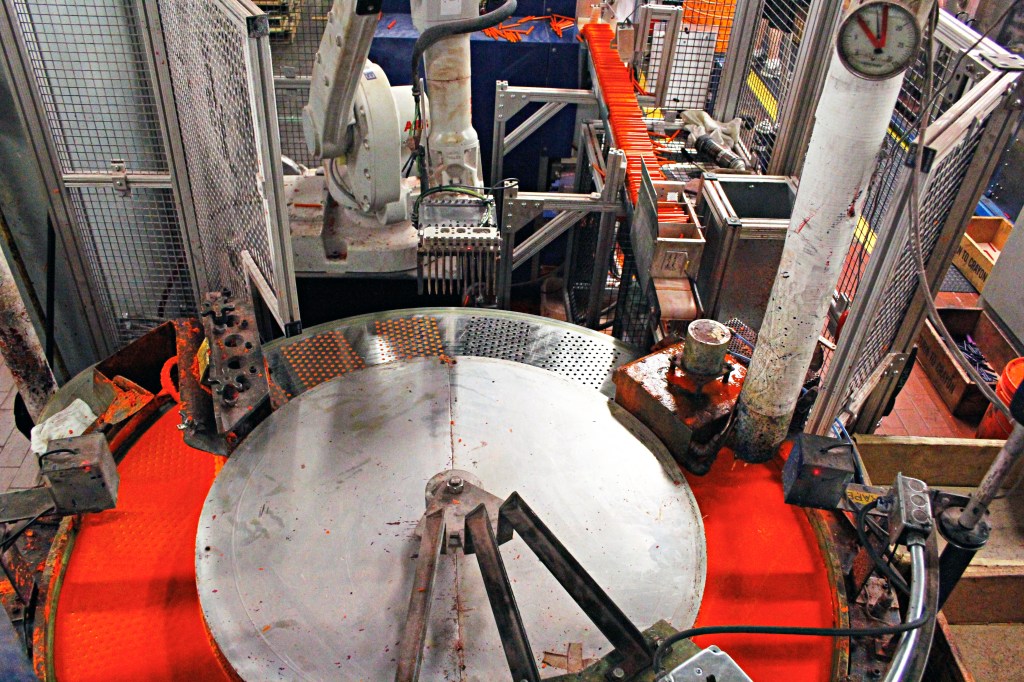
Heated wax and pigment are poured into molds. The crayons take shape.
WILLIAM THOMAS CAIN—GETTY IMAGESCrayola makes its crayons in large batches
batch
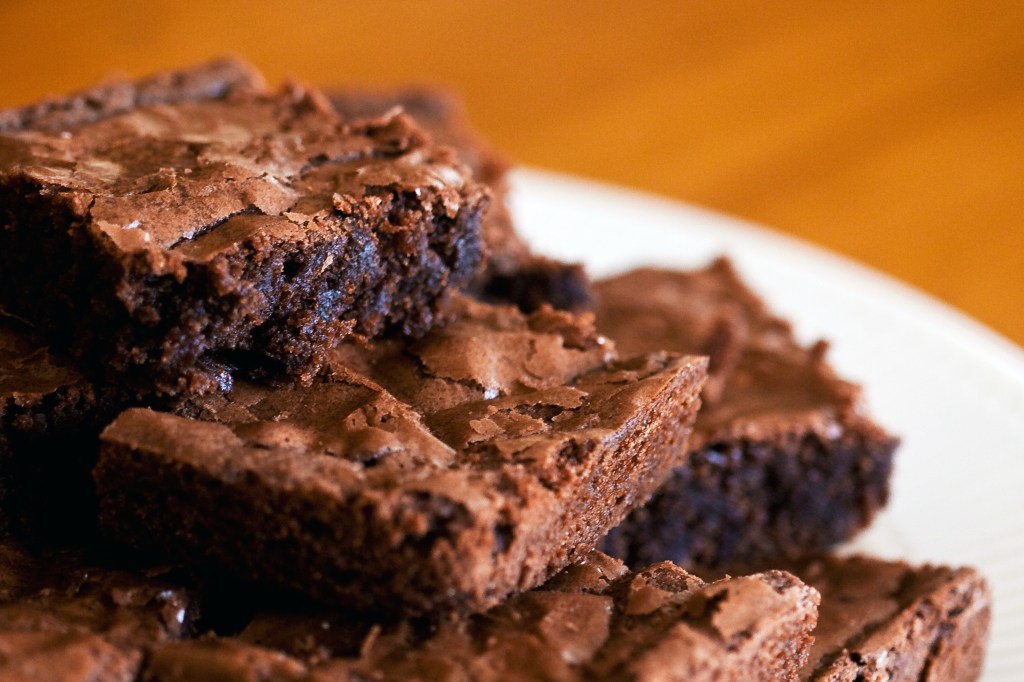 BRIAN T. EVANS/GETTY IMAGES
an amount of something
(noun)
We baked two batches of brownies.
. They are made of heated wax and pigment, or color. A pipe pours the liquid mixture into molds
mold
BRIAN T. EVANS/GETTY IMAGES
an amount of something
(noun)
We baked two batches of brownies.
. They are made of heated wax and pigment, or color. A pipe pours the liquid mixture into molds
mold
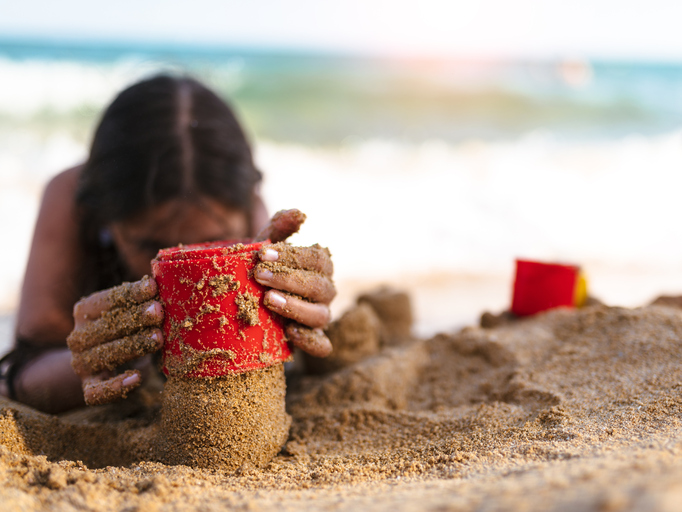 MILANEXPO—GETTY
a container used to shape something that is poured or pressed into it
(noun)
We put wet sand into molds to build a sandcastle.
. This forms the crayons, which harden as they cool.
MILANEXPO—GETTY
a container used to shape something that is poured or pressed into it
(noun)
We put wet sand into molds to build a sandcastle.
. This forms the crayons, which harden as they cool.
Next, a machine pushes the crayons out of the molds, and they are lifted by a robotic arm. It puts the crayons on a conveyor belt, which transports them to another machine. Its job is to wrap a label around each crayon.
Finally, workers pick up the labeled crayons. They put them in a machine called a collator. It picks one crayon of each color and puts them into boxes. Now boxes of crayons are ready to be sent to stores. Crayola crayons are sold in more than 80 countries.
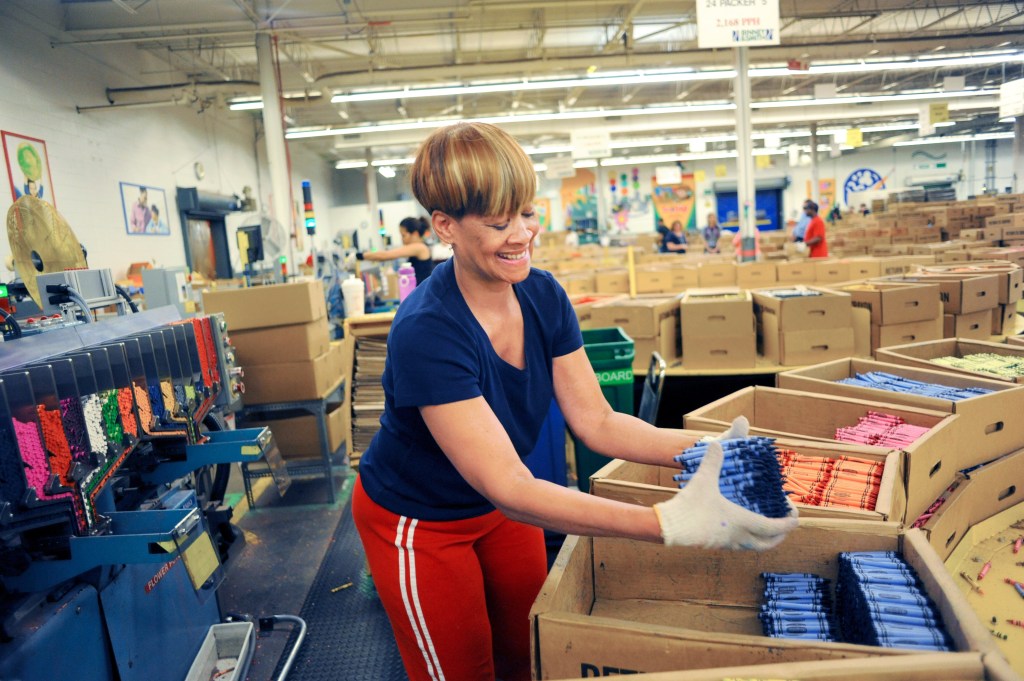
A worker puts crayons into a collator. It sorts the crayons into boxes.
WILLIAM THOMAS CAIN—GETTY IMAGESRieland is always trying to improve the production process. “Every year, we try to get better at one thing,” she says. “This year, it’s putting crayons into the boxes.”
Rieland also gets to help pick names for new crayons. Crayola has more than 100 colors. “It’s a fun time to be in the crayon business,” she says.
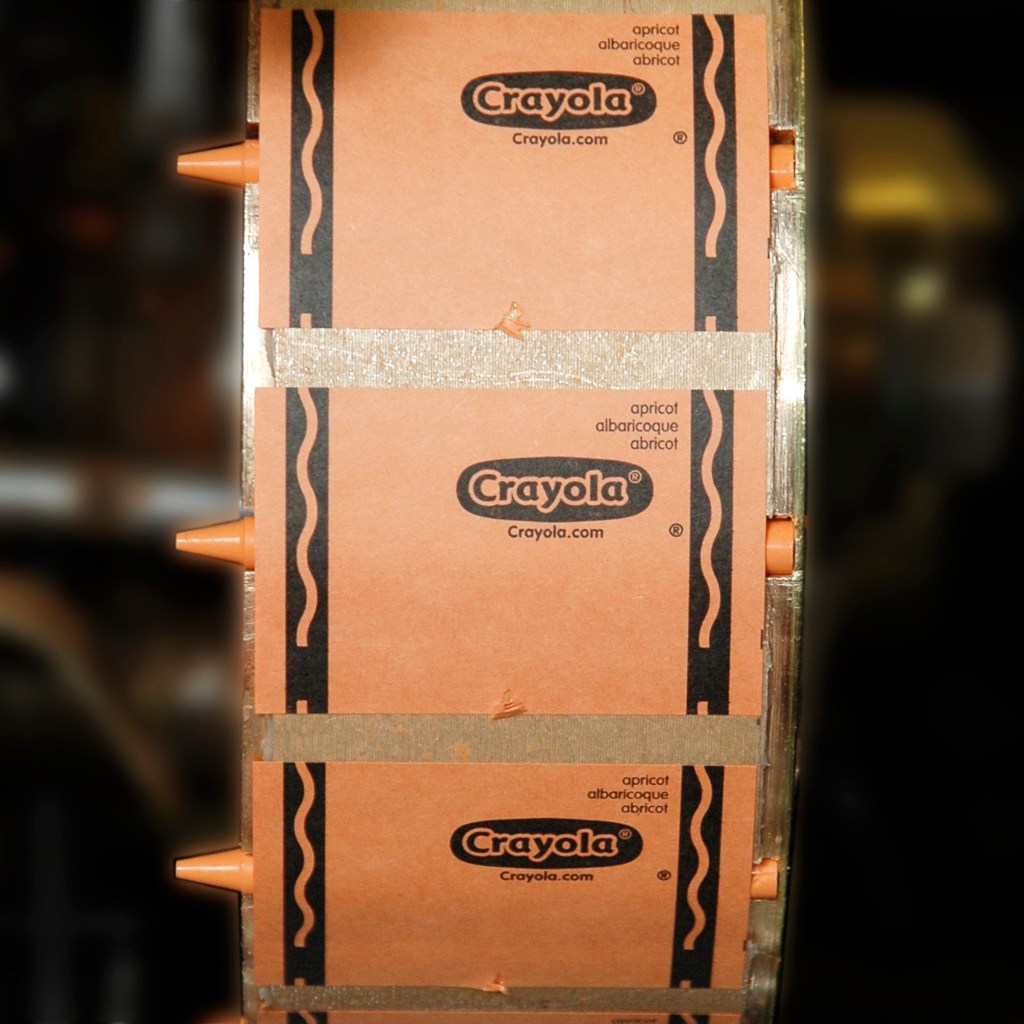
“Apricot” crayons are labeled by a machine. Each label wraps around a crayon twice.
WILLIAM THOMAS CAIN—GETTY IMAGESA Smart Solution
What happens to imperfect crayons? Inspectors look at the crayons before they are packaged. They gather up the broken and chipped ones. These crayons are sorted by color, and will be melted back down. This way, they can become part of another batch of crayons. This keeps imperfect crayons from going to waste.






